
Car L represents the liter, T stands for turbocharging. L is the abbreviation of (liter). It is the unit of volume rise, which refers to the exhaust volume of the car engine. For example, 5L means that this engine has an exhaust volume of 5 liters. T stands for Turbo. It refers to an engine with an intake turbocharged device.
The difference between L and 5T: 5T is turbocharged, and 5L is naturally aspirated. 5 refers to the displacement of the engine, and the unit is liter.T is the abbreviation of turbo, which means turbocharging.
T represents a turbocharged engine with a displacement of 5 liters, and 5L represents a naturally aspirated engine with a displacement of 5 liters. Among them, T stands for turbocharged engine, and L stands for naturally aspirated engine.
The difference between car displacement 5T and 5L is mainly that 5T is a turbocharged engine, while 5L is a naturally aspirated engine. That is to say, the naturally aspirated engine is represented by the letter L; the turbocharged engine is represented by the letter T.
The difference between car displacement 5T and 5L is that 5T is a turbocharged engine and 5L is a naturally aspirated engine. That is, the naturally aspirated engine is represented by the letter L; the turbocharged engine is represented by the letter t. The abbreviation of
Turbo).It refers to an engine with an intake turbocharged device. T means that the engine with a 5-liter exhaust volume is equipped with an intake turbocharging device. The turbocharger can change the air intake of the engine and make the steam burn more fully in the cylinder, thus increasing the output power of the engine.
1. It can be seen from the formula that a key indicator of lift is speed. The greater the speed, the greater the dynamic pressure, which can produce greater lift. And the speed is generated by the engine.
2. The size of the pulling force of the aircraft is determined by the power of the engine, and the pulling force will drive the plane to fly forward in the air.In general, the greater the engine power, the greater the tensile force generated, and the faster the aircraft will fly.
3. In the air, of course, the engine jet provides thrust to maintain the speed, and then maintains the lift to ensure that the plane will not fall.
1. Tinchai 390.4460 is 11 liters, the dCi11 engine of Renault engine technology, which adopts advanced common rail electric injection technology. This 11-liter displacement six-cylinder engine has four power levels: 290 horsepower, 340 horsepower, 375 horsepower and 420 horsepower.
2. 11 liters of tin wood, 420 horsepower engine, good quality, few problems, low fuel consumption, very good.
3. Yes, the 11-liter engine has different horsepower stages, and the Xinchai 11-liter 6DM engine covers 390/420/460 horsepower. The displacement is the same, but the horsepower is different. Like Dongfeng Tianlong Renault DCI 11-liter engine horsepower covers 340/350/375/385/420 horsepower.
4. Horsepower. The 460-horsepower front four and rear eight are equipped with the Jiefang J6P full floating high-top large row half cab, and adopts the latest family front face of Jiefang J6. The middle net still adopts a four-bar punching design, which can reduce its own weight and increase the air intake.
The displacement of a car refers to the sum of all cylinder capacities of the engine, usually expressed in liters (L).The volume of each cylinder depends on the cylinder diameter and piston stroke, also known as single cylinder displacement. Engine displacement is the sum of the working volume of each cylinder.
What does exhaust volume mean? It refers to the volume of gas inhaled or discharged by the piston in each stroke. The volume of gas generated by moving the piston from the highest point to the lowest point is called cylinder emissions; when the engine has multiple cylinders, the sum of the gas volumes of all cylinders is called engine emissions. It is generally represented by liter (l).
The space volume through which the piston moves from the upper stop point to the lower stop point is called the cylinder displacement. If the engine has several cylinders, the sum of the working volumes of all cylinders is called the engine displacement, which is generally expressed in liter (L).
Displacement refers to the exhaust volume of the engine. Every journey or every timeThe volume of the fluid sucked in or discharged by the cycle, the engine displacement is the total operating volume of each cylinder. It is usually indicated by liter. Usually, the larger the displacement, the higher the process demand of the automobile engine, and the greater the output power.

Binance wikipedia-APP, download it now, new users will receive a novice gift pack.
Car L represents the liter, T stands for turbocharging. L is the abbreviation of (liter). It is the unit of volume rise, which refers to the exhaust volume of the car engine. For example, 5L means that this engine has an exhaust volume of 5 liters. T stands for Turbo. It refers to an engine with an intake turbocharged device.
The difference between L and 5T: 5T is turbocharged, and 5L is naturally aspirated. 5 refers to the displacement of the engine, and the unit is liter.T is the abbreviation of turbo, which means turbocharging.
T represents a turbocharged engine with a displacement of 5 liters, and 5L represents a naturally aspirated engine with a displacement of 5 liters. Among them, T stands for turbocharged engine, and L stands for naturally aspirated engine.
The difference between car displacement 5T and 5L is mainly that 5T is a turbocharged engine, while 5L is a naturally aspirated engine. That is to say, the naturally aspirated engine is represented by the letter L; the turbocharged engine is represented by the letter T.
The difference between car displacement 5T and 5L is that 5T is a turbocharged engine and 5L is a naturally aspirated engine. That is, the naturally aspirated engine is represented by the letter L; the turbocharged engine is represented by the letter t. The abbreviation of
Turbo).It refers to an engine with an intake turbocharged device. T means that the engine with a 5-liter exhaust volume is equipped with an intake turbocharging device. The turbocharger can change the air intake of the engine and make the steam burn more fully in the cylinder, thus increasing the output power of the engine.
1. It can be seen from the formula that a key indicator of lift is speed. The greater the speed, the greater the dynamic pressure, which can produce greater lift. And the speed is generated by the engine.
2. The size of the pulling force of the aircraft is determined by the power of the engine, and the pulling force will drive the plane to fly forward in the air.In general, the greater the engine power, the greater the tensile force generated, and the faster the aircraft will fly.
3. In the air, of course, the engine jet provides thrust to maintain the speed, and then maintains the lift to ensure that the plane will not fall.
1. Tinchai 390.4460 is 11 liters, the dCi11 engine of Renault engine technology, which adopts advanced common rail electric injection technology. This 11-liter displacement six-cylinder engine has four power levels: 290 horsepower, 340 horsepower, 375 horsepower and 420 horsepower.
2. 11 liters of tin wood, 420 horsepower engine, good quality, few problems, low fuel consumption, very good.
3. Yes, the 11-liter engine has different horsepower stages, and the Xinchai 11-liter 6DM engine covers 390/420/460 horsepower. The displacement is the same, but the horsepower is different. Like Dongfeng Tianlong Renault DCI 11-liter engine horsepower covers 340/350/375/385/420 horsepower.
4. Horsepower. The 460-horsepower front four and rear eight are equipped with the Jiefang J6P full floating high-top large row half cab, and adopts the latest family front face of Jiefang J6. The middle net still adopts a four-bar punching design, which can reduce its own weight and increase the air intake.
The displacement of a car refers to the sum of all cylinder capacities of the engine, usually expressed in liters (L).The volume of each cylinder depends on the cylinder diameter and piston stroke, also known as single cylinder displacement. Engine displacement is the sum of the working volume of each cylinder.
What does exhaust volume mean? It refers to the volume of gas inhaled or discharged by the piston in each stroke. The volume of gas generated by moving the piston from the highest point to the lowest point is called cylinder emissions; when the engine has multiple cylinders, the sum of the gas volumes of all cylinders is called engine emissions. It is generally represented by liter (l).
The space volume through which the piston moves from the upper stop point to the lower stop point is called the cylinder displacement. If the engine has several cylinders, the sum of the working volumes of all cylinders is called the engine displacement, which is generally expressed in liter (L).
Displacement refers to the exhaust volume of the engine. Every journey or every timeThe volume of the fluid sucked in or discharged by the cycle, the engine displacement is the total operating volume of each cylinder. It is usually indicated by liter. Usually, the larger the displacement, the higher the process demand of the automobile engine, and the greater the output power.

 Binance app
Binance app
253.88MB
Check Binance US
Binance US
343.58MB
Check Binance app download Play Store
Binance app download Play Store
765.39MB
Check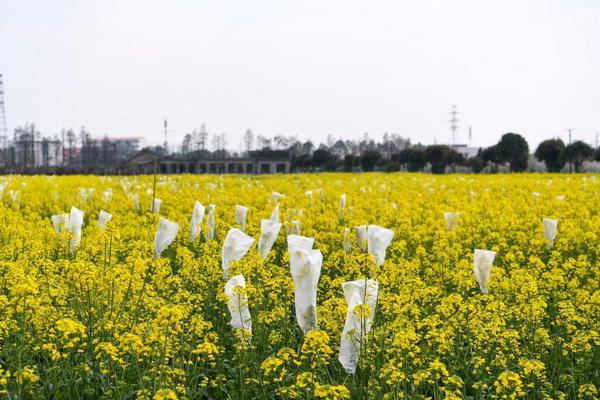 Binance app
Binance app
339.91MB
Check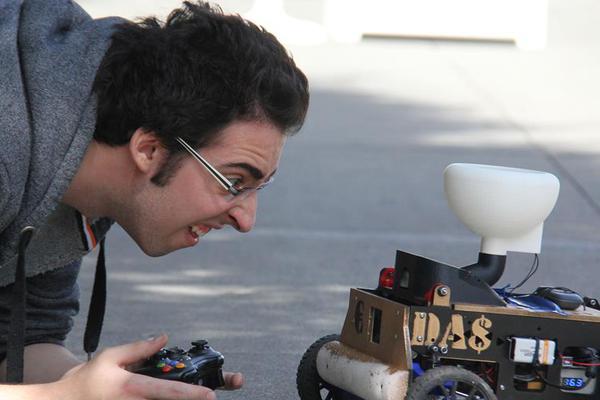 okx.com login
okx.com login
512.93MB
Check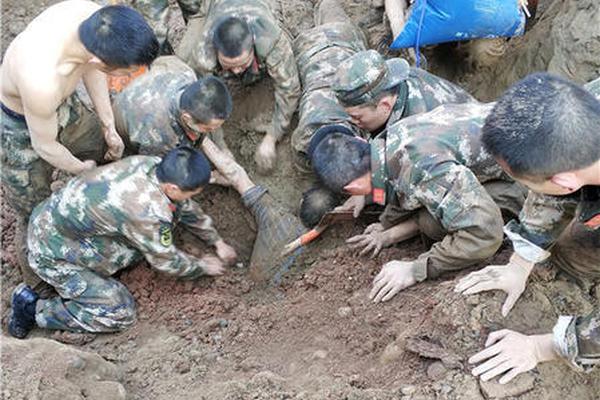 Binance login
Binance login
388.55MB
Check OKX Wallet login
OKX Wallet login
231.23MB
Check Binance login App
Binance login App
369.16MB
Check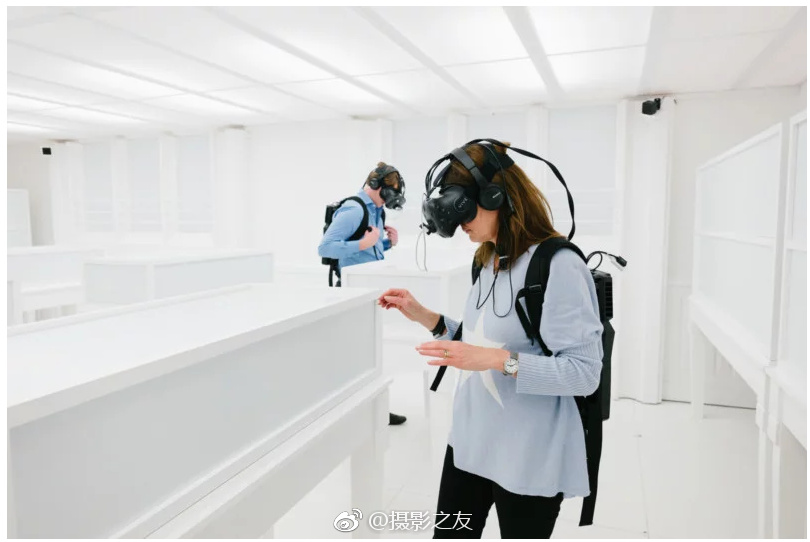 Binance download
Binance download
578.47MB
Check Binance download APK
Binance download APK
754.94MB
Check OKX Wallet extension
OKX Wallet extension
555.27MB
Check Binance download APK
Binance download APK
445.23MB
Check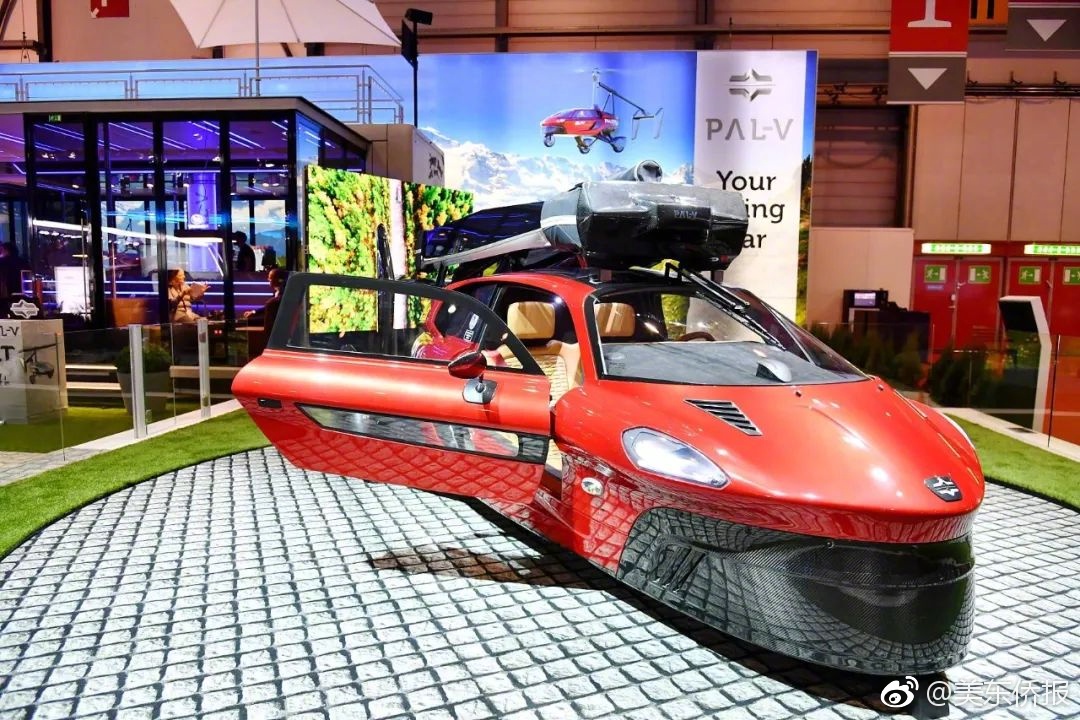 Binance download iOS
Binance download iOS
971.16MB
Check OKX Wallet app download for Android
OKX Wallet app download for Android
954.29MB
Check OKX Wallet login
OKX Wallet login
364.66MB
Check Binance login
Binance login
733.28MB
Check Binance download Android
Binance download Android
646.26MB
Check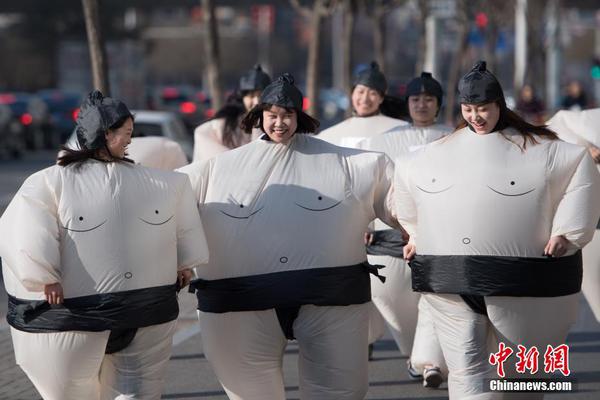 OKX app
OKX app
883.94MB
Check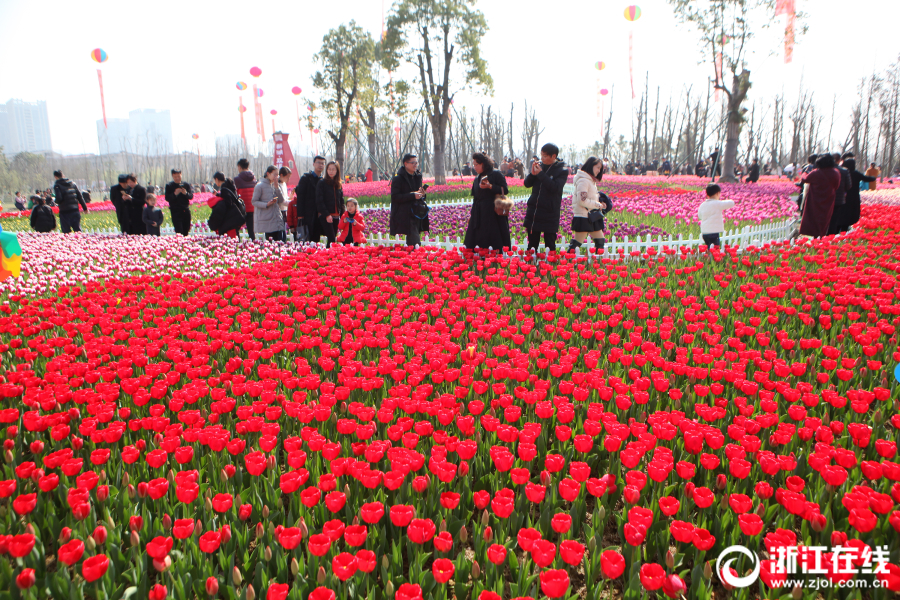 Binance US
Binance US
933.41MB
Check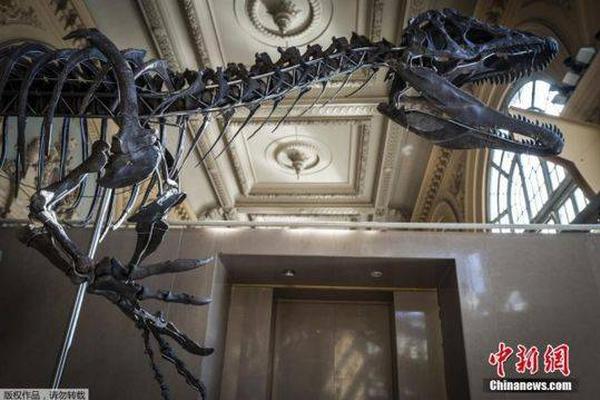 Binance Download for PC
Binance Download for PC
746.63MB
Check Binance wikipedia
Binance wikipedia
662.33MB
Check OKX Wallet apk download latest version
OKX Wallet apk download latest version
953.36MB
Check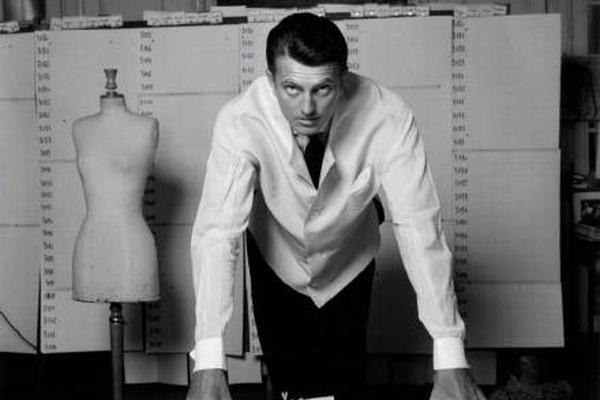 Binance download Android
Binance download Android
283.46MB
Check Binance US
Binance US
138.95MB
Check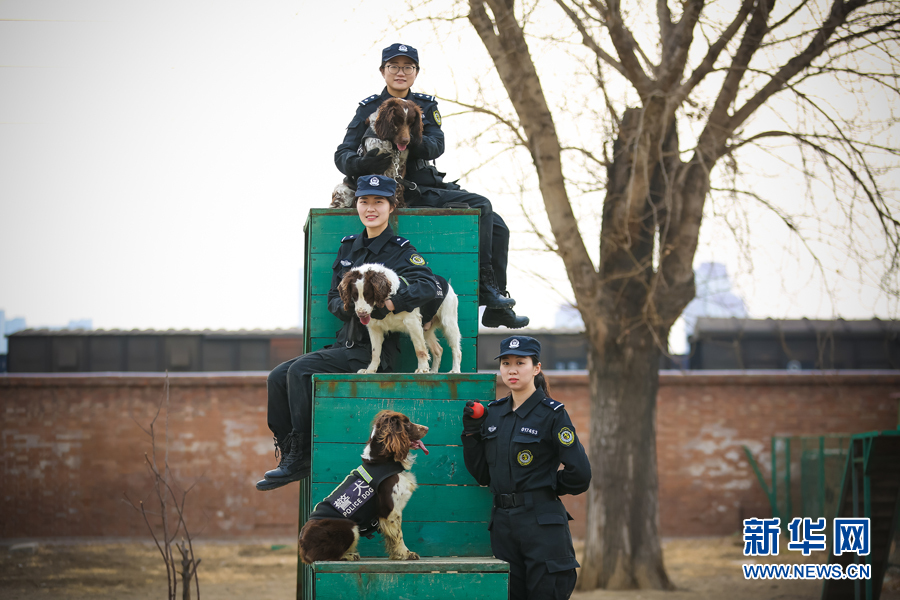 Binance wikipedia
Binance wikipedia
199.21MB
Check Binance US
Binance US
596.65MB
Check Binance app
Binance app
821.57MB
Check Binance wikipedia
Binance wikipedia
761.68MB
Check Binance wikipedia
Binance wikipedia
417.49MB
Check OKX Wallet to exchange
OKX Wallet to exchange
328.26MB
Check Binance APK
Binance APK
794.47MB
Check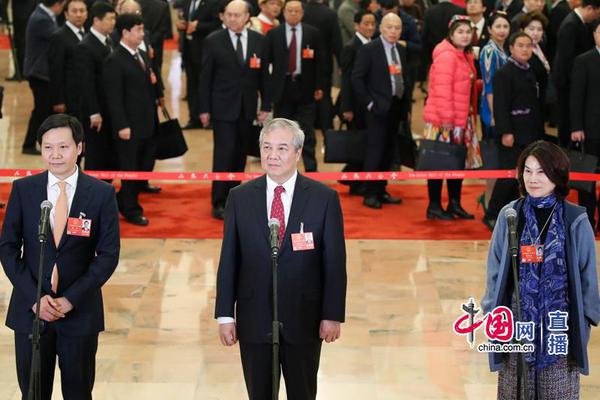 Binance app
Binance app
767.15MB
Check OKX Wallet Sign up
OKX Wallet Sign up
119.71MB
Check Binance exchange
Binance exchange
692.39MB
Check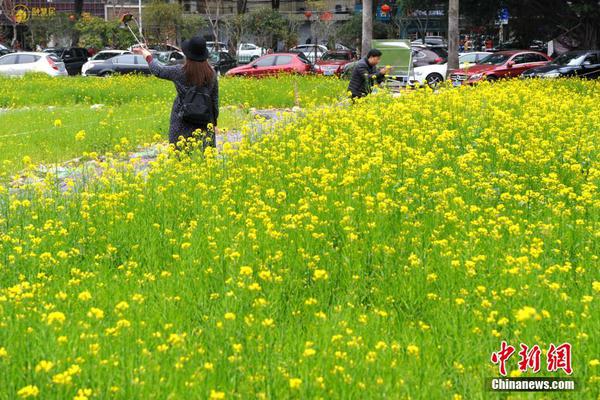 Binance download APK
Binance download APK
156.48MB
Check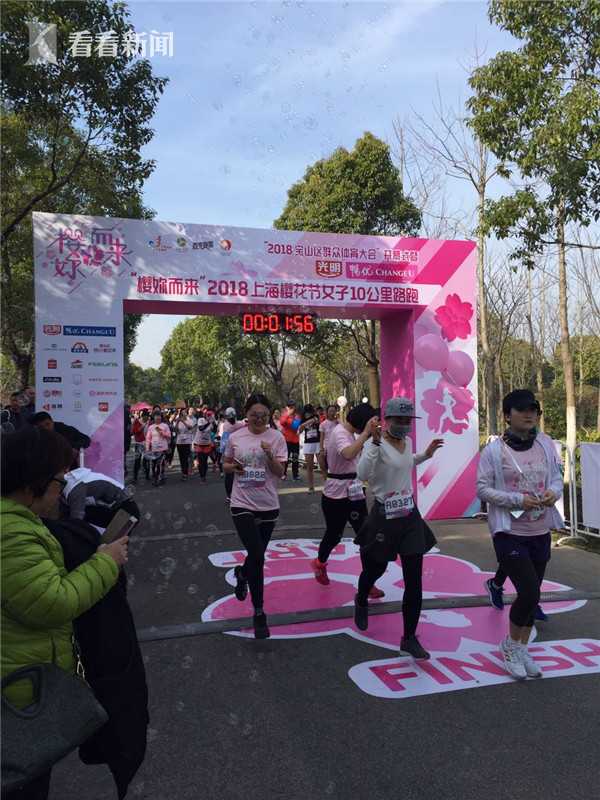 OKX Wallet download
OKX Wallet download
512.51MB
Check
Scan to install
Binance wikipedia to discover more
Netizen comments More
2807 鸡皮鹤发网
2025-01-23 01:38 recommend
2192 如醉如狂网
2025-01-23 01:25 recommend
2945 终始不渝网
2025-01-23 01:21 recommend
1188 贿赂公行网
2025-01-23 01:09 recommend
1357 机事不密网
2025-01-23 00:56 recommend